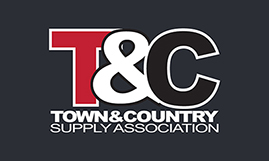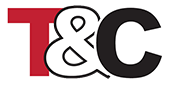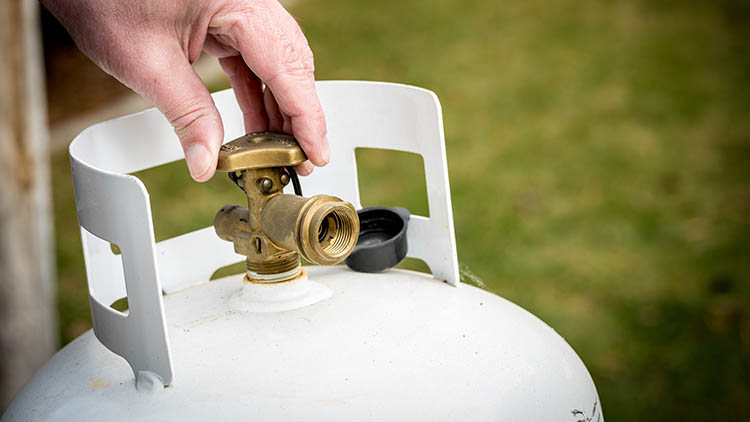Chances are, no matter what walk of life you come from, at some point, you may have to fill a propane tank. Many items use propane tanks these days, not the least of which being most home barbecues. Knowing how to fill a propane tank yourself will not only keep you safe, but it can also save you money over just grabbing a refilled tank off the rack. So, if filling a propane tank yourself is legal in your area, keep in mind these simple steps to accomplish the task.
The first thing you need to do is to inspect the cylinder. Damage can occur around the cylinder area and it is always a good idea to inspect it for dents or areas of heavy rust and corrosion. You should inspect the nozzle for any obstructions and also look around the fitting on the top of the tank, as it can become bent or damaged. Just a thorough visual inspection of your tank before you try to put propane into it can save you a lot of hassle and trouble in the long run, not to mention safety issues that might occur.
While you are inspecting the tank, you also need to take a look at the date on it. Propane tanks are dated for a reason and if it is more than twelve years past the date on the tank, your propane tank is out of date. It’s not the end of the world if your tank is out of date, don’t throw it away or anything like that. If you find that your tank is out of date, simply take it to a local propane dealer for an exchange. They will be set up to properly dispose of your old tank, which is not something you should do on your own.
The next task ahead of you is to weigh the tank. You do this for two reasons: to get credit for the weight that still exists in the bottle, and also to avoid over filling. You can find the capacity for your propane tank by looking at the letters on the top of the tank. These letters will be followed by a number. For example, TW 16.5 would signify the weight of the tank when empty. Most grills commonly use a 20lb propane tank. So if your tank is stamped TW 16.5, then when completely full, it will weight 36.5lbs, which would be the maximum weight of the tank.
By the same token, you should set the scale to the desired weight of the tank when full. This way you know how much propane to put into the tank. To do this, look for the letters WC stamped on the top of your tank. Generally, there is a chart at your dispensing station that is used to convert WC# into amount to be dispensed. For example, if your tank is stamped WC 95.5, then the maximum amount of propane that you can add to the tank is 40 lbs.
After following the previous steps, it is now time to connect to the dispenser using the fitting and turn on the valve on the tank to start filling. You should open the bleeder valve about half of a turn. The bleeder valve is located on the neck of the fitting. Once the tank is full, a stream of fluid will spray from the bleeder port. This will happen at the same time the desired weight is reached on the scale. You don’t want to over fill the propane tank and you should also use gloves to prevent frostbite as the propane is very cold. Neoprene gloves are usually the best, as rubber will not prevent the liquid from causing burns. You also don’t want the gloves to be too tight on your hands in case you do come into contact with the liquid and need to get them off in a hurry.
Once the propane tank is full, close the bleeder valve and valve on the tank. You have completed the process and are now ready to use your new, full bottle of propane. Inspect your tank for any signs of leaking before hooking it up to anything and you are ready for your next back yard barbeque!






